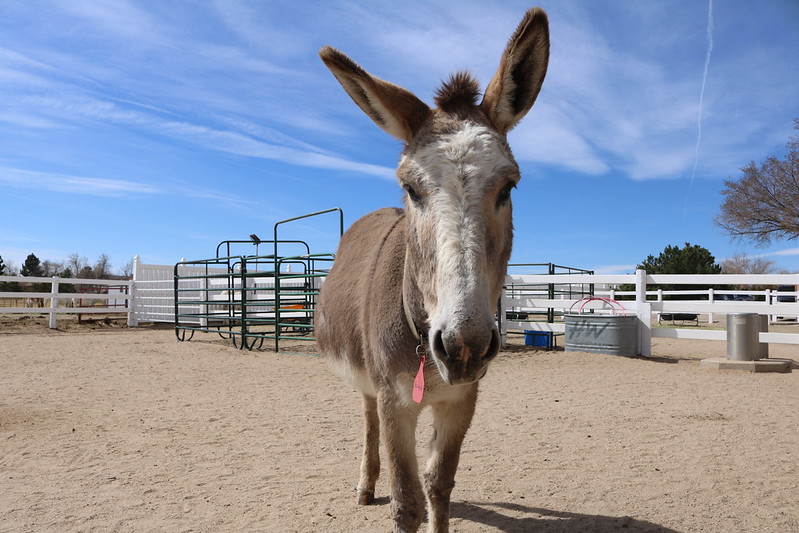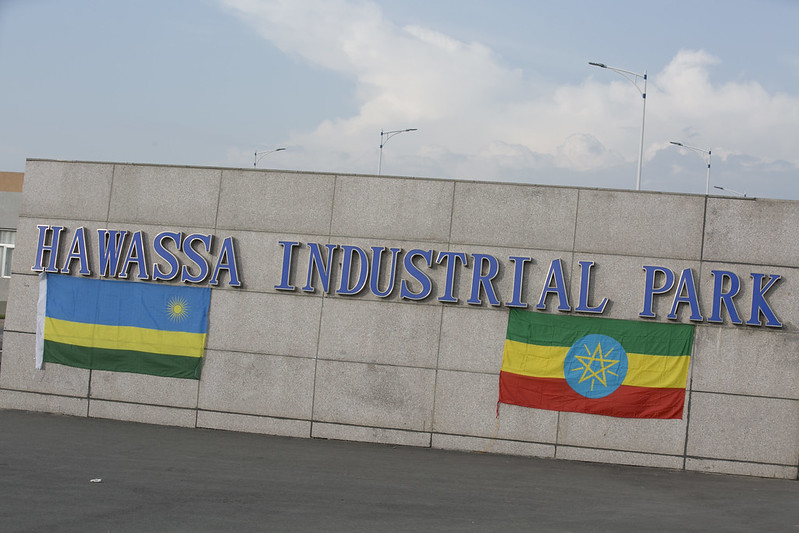Fifty years ago, the Ethiopian Revolution ended the country’s feudal system and removed Emperor Haile Selassie from power. The “Fenda ” demanded dramatic reforms in politics, society, and the economy. This revolution played a significant role in the country’s history and completely altered Ethiopia’s trajectory, write Sendeke Awota and Marew Abebe.
Ethiopia is an old state which dates back 3000 years. During the ancient period, Ethiopia ranked as the fourth most powerful state in the world. In the medieval period, Ethiopia was ruled by powerful kings. Christian Europe sought the military help of this state against the power of Ottoman Turks during the Crusades.
The administration and governing system of Ethiopia was theocratic and monarchical and reached its zenith during the reign of Emperor Haile Selassie.
Famines in Wolo (Amhara) and Tigray, and the government’s attempt to cover these up, angered many Ethiopians. It was the time when the question of “Land to the Tiller,” a prominent motto used by opposition groups, especially Ethiopian students in the 1960s and early 1970s, was raised against the version of the land system that established a terrible relationship between tenants and landlords. The Ethiopian students repeatedly used this motto during demonstrations and demanded the reform of the land tenure system of feudal Ethiopia. The reformers also pressed for the equality of religions and different ethnic groups to be respected and the rights of women to be protected. Taxi drivers, teachers, soldiers, farmers and more importantly students put pressure on Emperor Haile Selassie to meet these demands.
Emperor Haile Selassie, who was reluctant to respond to the intense pressure from the revolution, was finally overthrown from power on 12 September 1974 by the Coordinating Committee of the armed forces, the police, and the People’s Army. This group later formed the Marxist Dergue regime under its leader Colonel Mengistu Hailemariam and ruled Ethiopia until 1991.
The revolution against the Dergue
The military regime initially sought to answer the questions of the revolution. The regime abolished the feudal relationship of tenants and landlords, extra urban houses were confiscated, and key institutions and factories were nationalised.
To meet the social demands, the Dergue recognised Muslim holidays, and freed women from discrimination and oppression. In the political sphere, the military initially allowed a multi-party political system, and the right to organise, demonstrate, and freedom of speech. The government also gave paper-valued recognition and equality for the rights of different ethnic and linguistic groups of Ethiopia.
However, these moves were quickly rolled back. The Dergue regime launched the Red Terror (Qey Shibir), a political repression campaign, that imprisoned tens of thousands of people and led to execution without trial.
The military government then entered a bloody civil war with political parties and other rebel groups in the northern part of Ethiopia. Thus, the demands of the revolution–except the issue of the land– were not addressed by the military government during its seventeen years in power.
Different ethnic-based liberation groups – including the Tigray People Liberation Front, Eritrean People Liberation Front, Oromo Liberation Front, Ogaden National Liberation Front’s – joined forces against the regime. This unity, combined with the disruption of military aid from the USSR, led to the Dergue being defeated in 1991.
Following the defeat of the Dergue regime the victorious ethnic-based liberation forces formed a coalition government, the Ethiopian People’s Revolutionary Democratic Front (EPRDF) chiefly led by Tigray People Liberation Front (TPLF).
The revolution against the EPRDF
The EPRDF was a combination of revolutionary groups. The TPLF took the lion’s share of power in the new regime. This front had vowed to answer the continued demands of the 1974 revolution. Initially, EPRDF undertook some political reforms and economic liberalisation. But soon the question of nation and nationalities appeared as the main agenda of the EPRDF. Accordingly, the government constitutionalised the right of every Ethiopian nation, nationalities, and people to have self-determination up to (and including) secession. This decree was immediately utilised when Eritrea seceded from Ethiopia in 1991.
The goal of this new ethno-federalist Ethiopia was to provide representation across the country. But it has also created ethnocentric political extremism in which political parties advocate ethnic based demands at the expense of others and the national interest.
Corruption, gross human rights violations, and clientelism governance began to characterise the government. Identity-based attacks and displacements based on ethnicity and religion – mainly targeting the Amhara people – became a common occurrence.
Protests since 2018
On 2 April 2018, the Ethiopian parliament elected Abiy Ahmed Ali, an Oromo politician, as prime minister. After assuming the position, Abiy made unprecedented political reforms including promises about democracy, the release of political prisoners, the return of exiled political parties and the restoration of a peace initiative with neighbouring Eritrea which helped him win the Nobel Peace Prize in 2019.
Abiy Ahmed dissolved EPRDF and formed his own Prosperity Party government. Since the Prosperity Party government is a relic of EPRDF, it brought no fundamental changes in socio-economic and political policies that could meet the continued demands of the 1974 Revolution. The government blames the socio-economic and political crises inherited from the 1960s, 1970s, and the failure of the EPRDF administration for the current political stability of the country. Despite Abiy’s peace prize, Ethiopia is engulfed with conflicts and instability.
Fifty years after the 1974 revolution, Ethiopia’s central government does not fully control the territory in which 70 per cent of the country’s population live. A peace deal has been agreed in Tigray, but there is an ongoing war in Amhara region (started in 2023), and an armed struggle with Oromo Liberation Front in the southern part of Ethiopia (Oromia region).
The way forward
The 1974 Revolution sought to bring democratic government, better economic development, and social equality in Ethiopia. However, successive Ethiopian regimes only gave lip service to these core demands. This led to more fractured politics and conflicts that have engulfed the whole country.
The 50-year anniversary of the 1974 February Revolution of Ethiopia is being commemorated while there are active civil wars, hundreds of thousands of dissent voices in concentration camps and looming hunger and starvation.
It is necessary to imagine a new political order in Ethiopia at a time when the country’s society is afflicted by polarisation, civil war, and the spectre of state failure to bring peace and stability in Ethiopia.
Photo credit: Scott Edmunds used with permission CC BY 2.0 DEED





